January 16, 2025
The New AI Customer
The age of AI will yield a new customer who marketers must win over

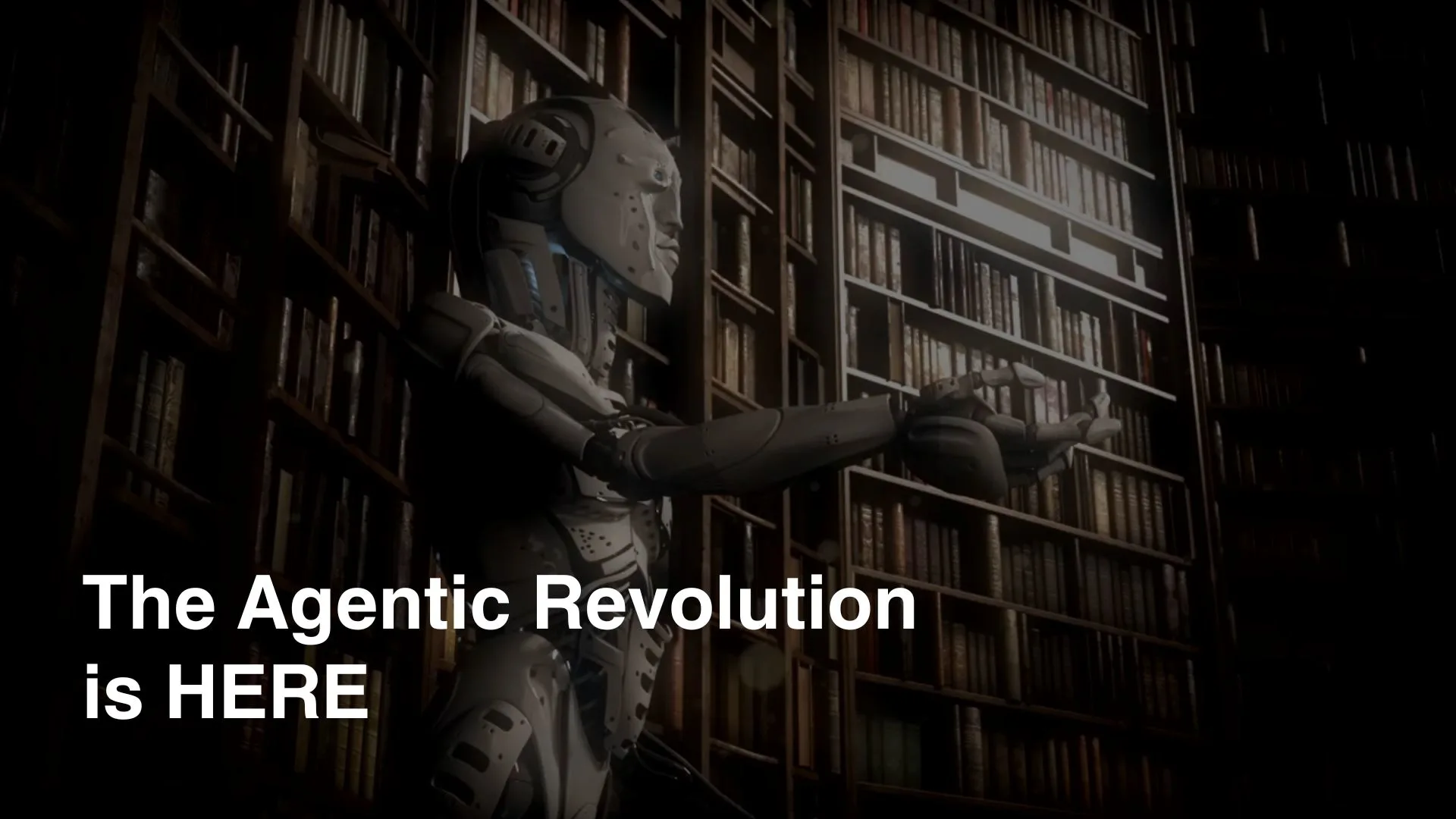
January 16, 2025
The age of AI will yield a new customer who marketers must win over


Jensen Huang unveiled a simple exponential curve in the CES in January this year, where he talked about how AI has moved from Perception AI (Machine Learning, speech recognition, etc.) to Generative AI (with ChatGPT and other models), and how AI will then become Agentic (become a coding and personal assistant) and, finally, to Physical AI with robots to self-driving cars (https://bit.ly/4cG0kxX ). The last two years have seen some startling advances in generative AI, but the phrase ‘AI Agent’ has hovered mostly on whiteboards and VC decks for years, invoking a future in which AI just does not merely tell you what to do, but goes out into the wide world to does them. In technology, as in life, things happen gradually and then suddenly. The ‘sudden’ moment for AI Agents seems to have come this week, as the future tipped into the present, headlined with the release of the confusingly named o3 and o4 -mini by ChatGPT-maker OpenAI. Many of us, however, have yet to notice this tipping point.
Before I explain why, lets briefly explore what, exactly, is an AI agent? In classic computer-science terms, an agent is a program that perceives its environment, decides what to do next and then acts toward a goal—iteratively, autonomously and with minimal human micromanagement. Chatbots, by contrast, are largely reactive: they return text when prompted but rarely take the next step. Agents blur that boundary, wielding tools such as browsers, code, CRM dashboards or payment APIs to complete multi-step tasks that once required a person’s cursor and keyboard. So, a chatbot will help plan your perfect holiday itinerary; an AI Agent will do the bookings for you too.
Even before this month, there were proto agents out there. Deep Research by almost every large player from OpenAI to Google could spend half an hour compiling sources or summarising regulations to produce an excellent research report on almost anything, while you did other work. OpenAI’s browser agent Operator took this further, piloting its own mini-browser to read, scroll and fill forms online. Adept’s ACT-1 learned to operate enterprise SaaS apps; Cognition’s Devin set up entire software projects inside a sandboxed IDE; Manus from China created a stir running multiple multi-agent workflows.
But, arguably, the biggest leap came when OpenAI unveiled o3 and its big-brother o4. These were not mere model, but as OpenAI President Greg Brockman said, “…they’re really AI systems.” That distinction matters. A model is the neural-network brain that predicts the next token; a system wraps that brain in orchestration layers—tool routers, memory stores, validators, even secondary models—that monitor progress and decide which tool (or sub-skill) to invoke next. In other words, o3/o4 are agentic by design: they can write code, run it, open a browser to verify an answer, and loop until a goal is satisfied, all behind a deceptively simple chat interface. For end-users, it still feels like chatting; under the hood, the system is running through a check-list the way an assistant or intern might. OpenAI is not alone. Google’s Gemini suite is folding agent capabilities into Workspace; Microsoft’s Copilot is adding “auto-complete tasks” for Excel and Teams; Salesforce is training AI reps that log calls automatically.
I believe that it is agents that will finally bring GenAI to the enterprise. Finance teams are trialling agents that monitor cash-flow anomalies at 3 a.m. and file the ledger fix before humans log in. E-commerce firms are letting agents AB-test storefront copy and push the higher-converting variant live. In manufacturing, prototype maintenance agents read sensor data, cross-check manuals and schedule downtime. Professional-services giants are piloting “first-draft” research partners that read contracts, assemble evidence, and even initiate further information requests. Agents will lead to the new SaaS: Service-as-a-Software, where a user will pay for a service delivered by orchestrated agents, rather than access to software.
Agents have obvious ethical questions. There is something deeply uncomfortable about giving human agency to a machine. If models hallucinate, multi-agent frameworks will hallucinate in a compounded way, creating a high probability of task failure. Above all, agents are a direct threat to human jobs. Sam Altman predicts agents “will materially change the output of companies,” while Bill Gates calls them a “shock wave” that turns today’s apps into proactive assistants. Jensen Huang predicts that “IT will become the HR of AI agents” as the CIO decides which agents to bring into the workplace to augment human workers, or to replace them. The companies that figure out how—and how far—to delegate to agent colleagues will set the pace for the rest of the decade; everyone else will be playing catch‑up.


January 17, 2025
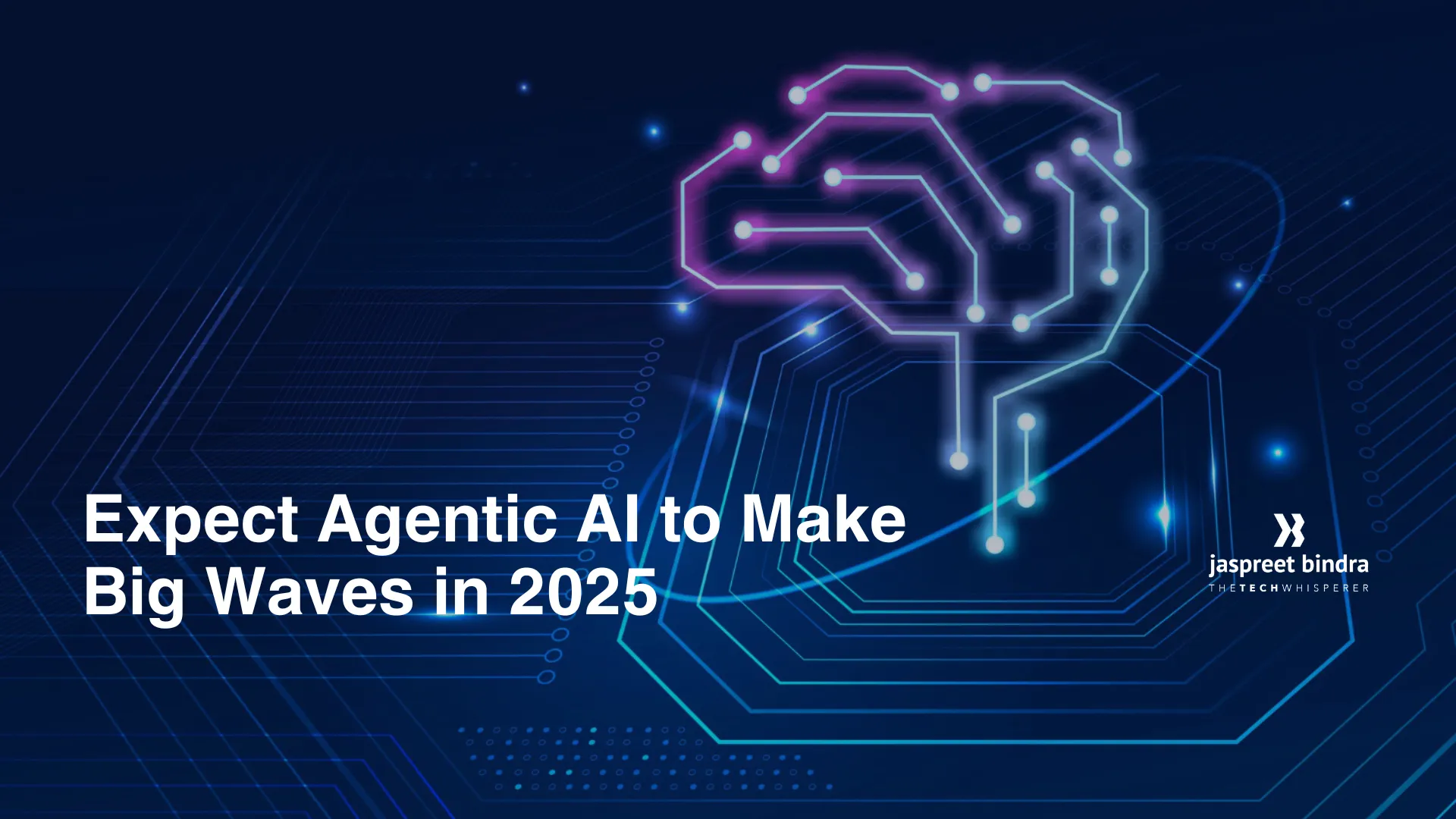
January 03, 2025
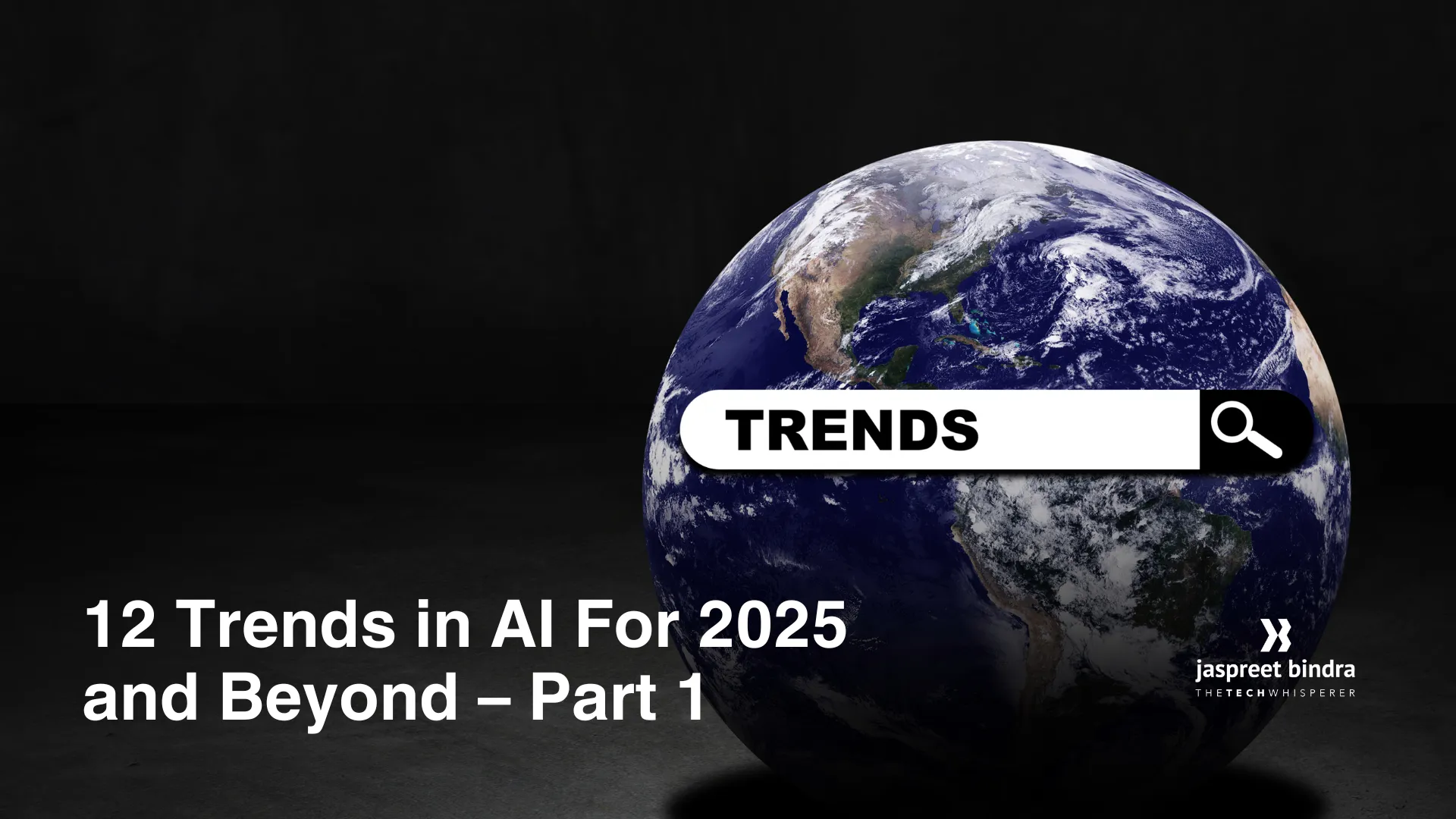
December 20, 2024
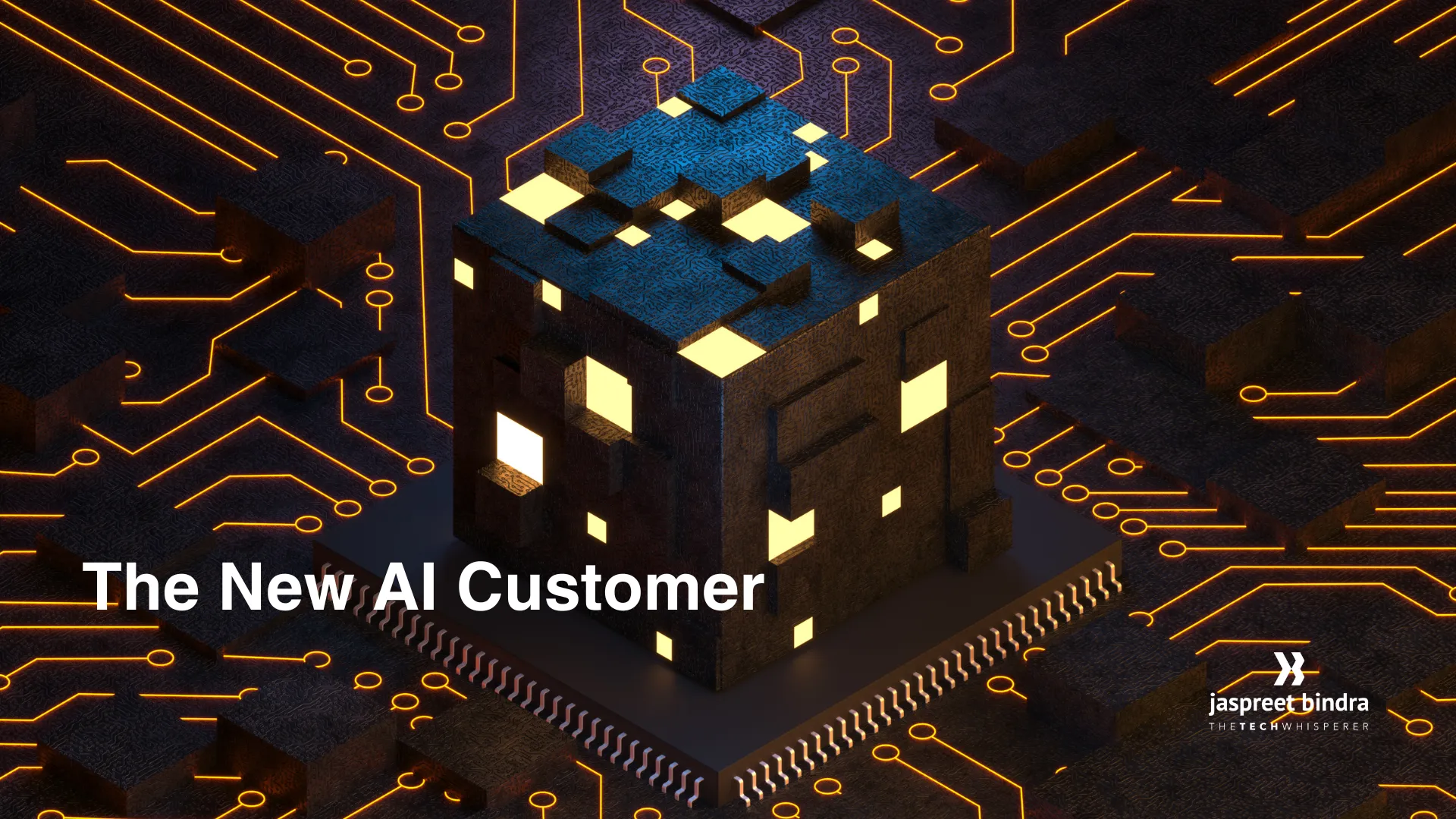
December 06, 2024

November 22, 2024

November 08, 2024
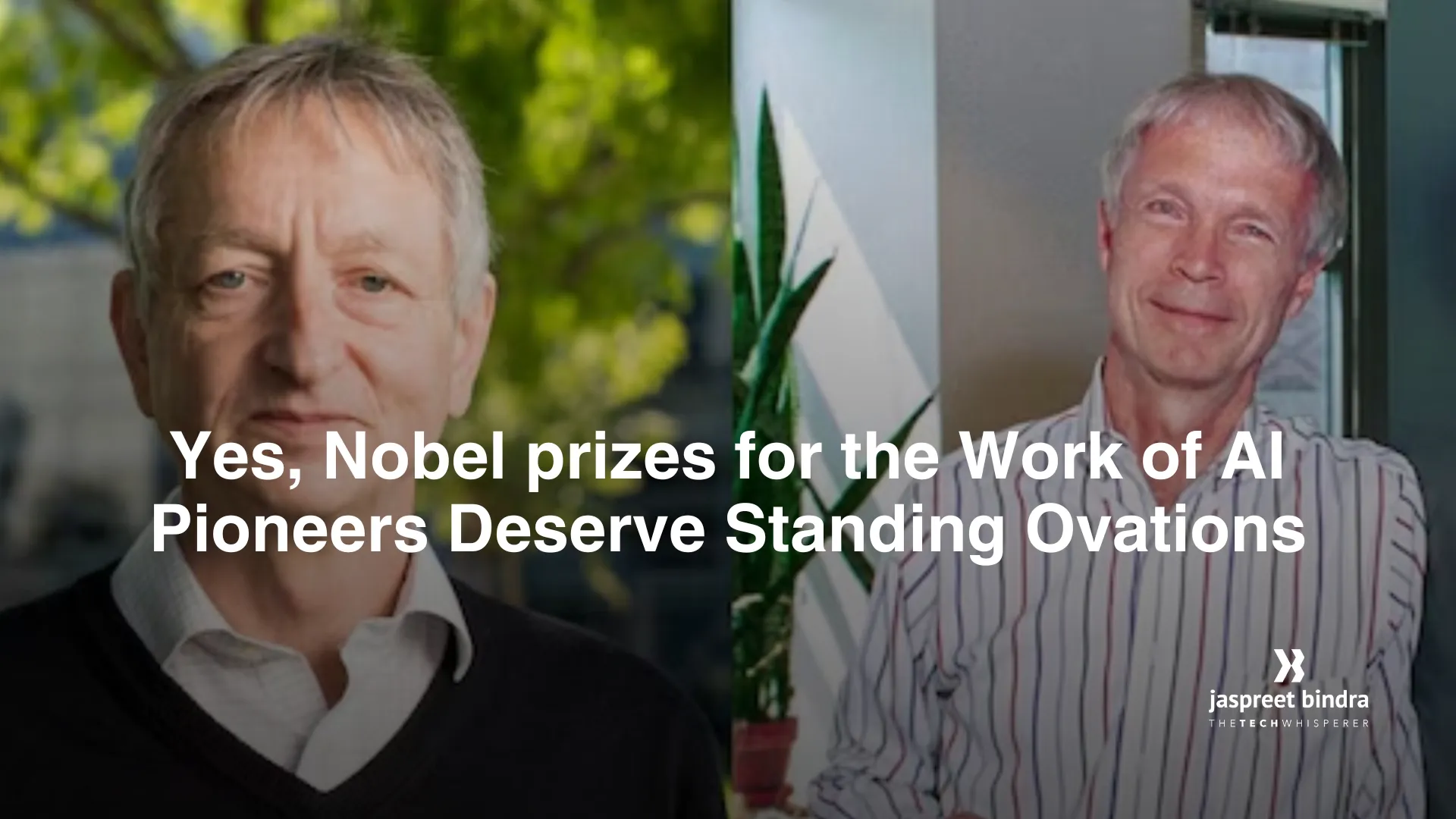
October 24, 2024
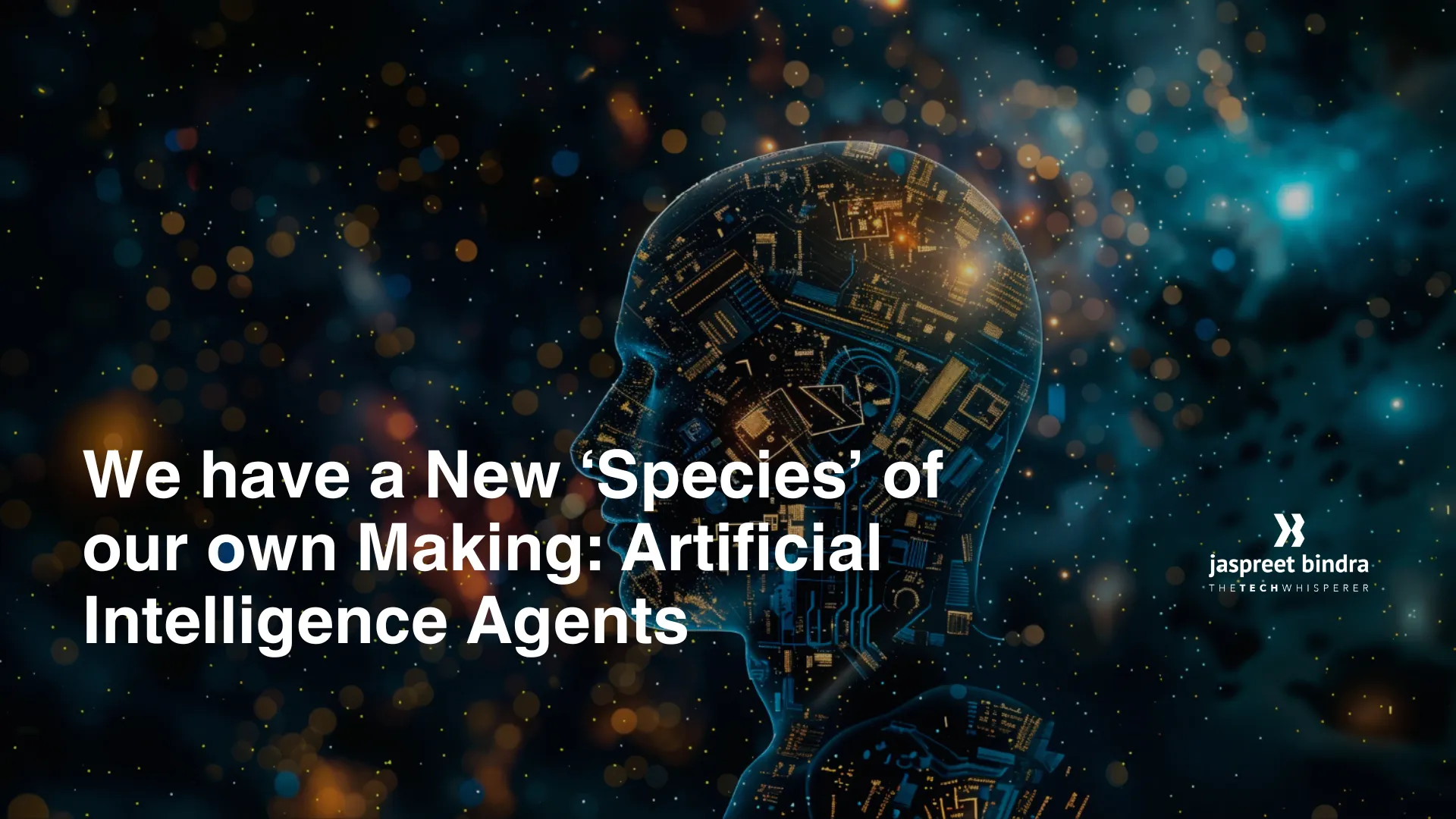
October 11, 2024
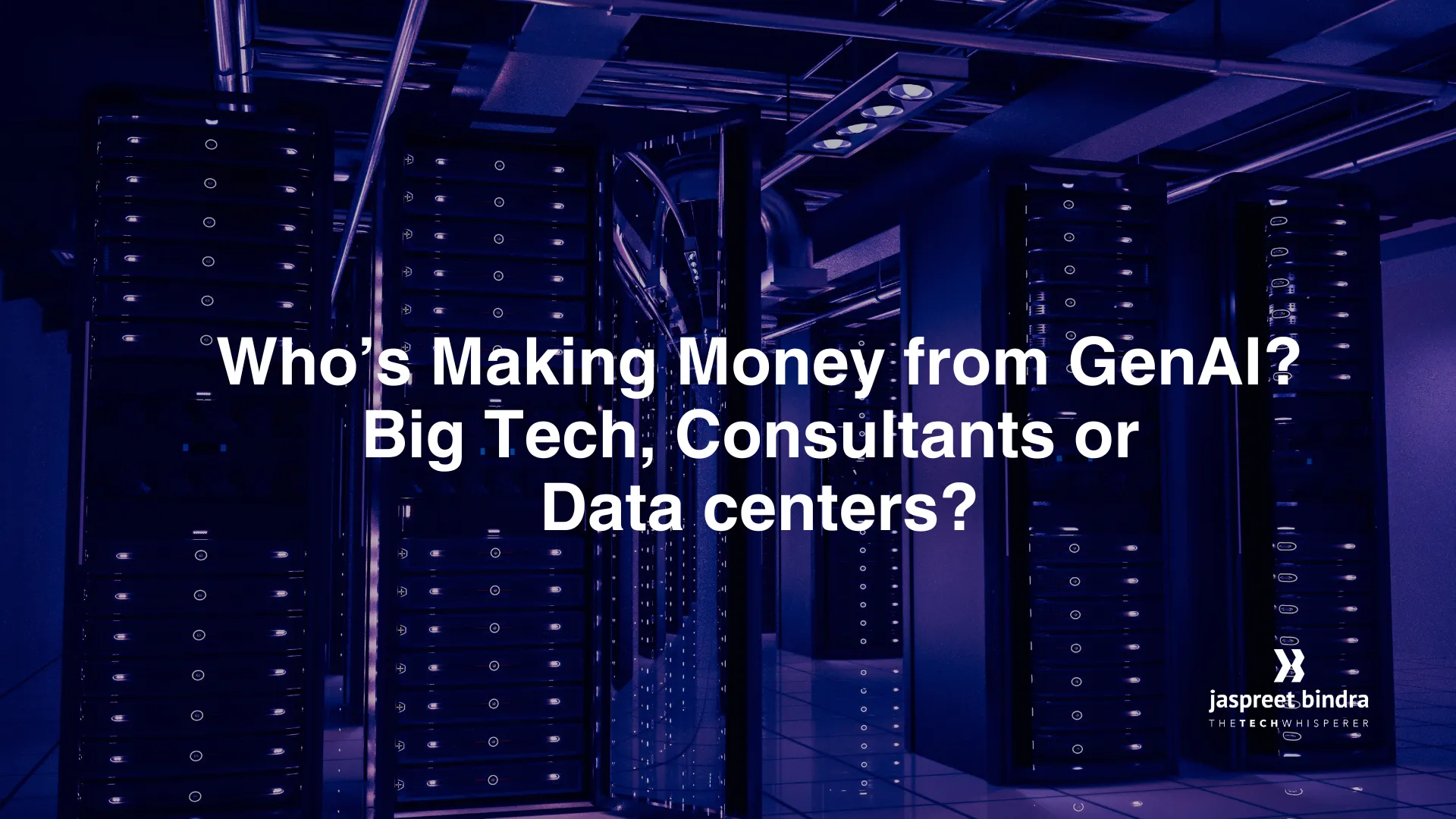
August 16, 2024
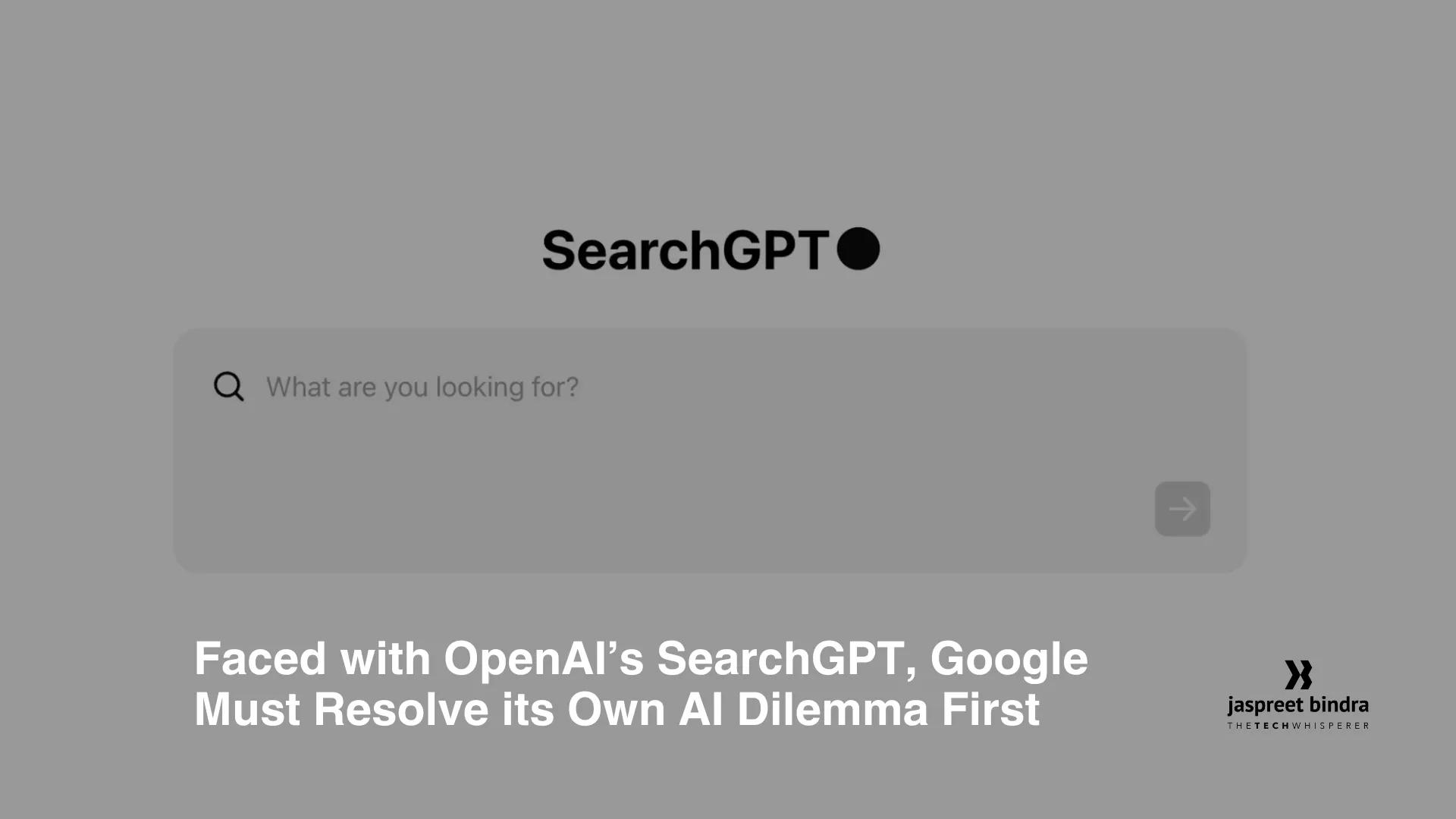
August 02, 2024